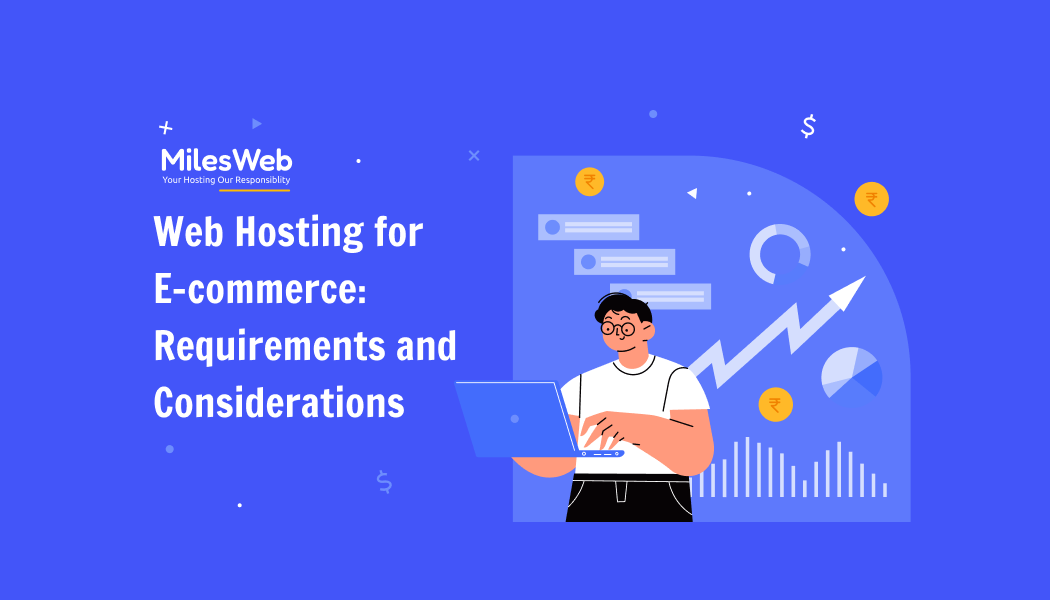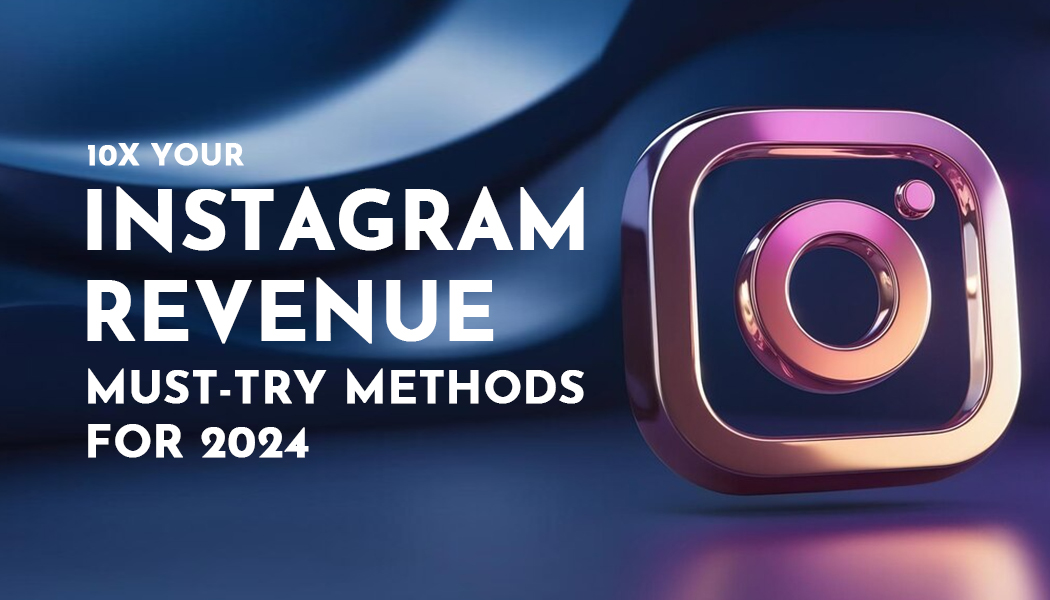5 Best Practices for Web Designers
Websites need a good landing page. It's the first thing visitors see and influences whether they remain or leave. Web designers must employ landing page best practices to engage and persuade users. This article will cover five best practices for developing interesting landing pages that improve user experience, conversions, and business growth.
Optimized Page Speed
To optimize page speed, several best practices can be implemented. Compressing and correctly formatting images can reduce file sizes without sacrificing quality. Minimizing unnecessary code, such as white spaces and comments, can decrease page load times. Caching techniques like browser and server-side caching can store frequently accessed data to speed up subsequent visits.
Implementing a content delivery network (CDN) can distribute your website's files across multiple servers worldwide, allowing users to access content from the nearest server and reducing latency. Optimizing CSS and JavaScript files, utilizing lazy loading for images and videos, and choosing a reliable hosting provider are all effective strategies for improving page speed. In addition to the mentioned best practices, another effective strategy to improve page speed is to convert images to HTML. By converting images to HTML, you can reduce the number of image files that need to be loaded, thereby decreasing the overall page load time. This technique involves transforming images into HTML elements, such as using SVG (Scalable Vector Graphics) or CSS-based image rendering. By implementing this approach, you can further optimize your website's performance and enhance the user experience.

Responsive Design and Layout
A clean, clear landing page draws attention to the most crucial elements. A web design agency may help you create landing pages that won't overburden consumers with simple designs and layouts. Use white space to balance and breathe content. Keep the layout basic and intuitive, placing the headline, call to action (CTA), and significant benefits above the fold. Create a visual hierarchy and highlight essential items with contrasting colors. To build brand trust, keep your company's colors, fonts, and graphics consistent.
Clear CTAs
To create a clear CTA, designers should use concise and compelling language that clearly states the action users are expected to take. It should be visually prominent, distinguishable from other page elements, and placed strategically within the design to ensure visibility. The design of the CTA button or link is equally important. To reinforce its clickability, it should stand out through contrasting colors, appropriate sizings, and clear visual indicators, such as arrows or icons.
Effective CTAs are specific, focused, and aligned with the overall goals of the website or page. Whether signing up for a newsletter, purchasing, requesting a demo, or contacting the business, the CTA should communicate the value proposition and benefits.
Intuitive Navigation
User experience design relies heavily on navigation, which is a significant factor in the success of a website or mobile app. Easy and natural navigation aids users in locating the content they seek and completing their desired actions. However, if the navigation isn't up to par, consumers may become frustrated and give up, looking for an alternate site or app.
Mobile Optimization
Mobile-optimized pages are vital as smartphone and tablet use rises. Mobile responsiveness is now required. Make sure your landing page is responsive to different screen sizes and orientations. Prioritize mobile-first design features. Optimize the content and layout for mobile devices and make sure any interactive components, such CTAs, and forms, work. Test your landing page on several devices to ensure a smooth and interesting mobile experience. Bounce rates and missed conversions might arise from mobile optimization failure. Engaging landing pages attract visitors, offer a compelling message, and increase conversions.
By following the best practices in this article defining a clear value proposition, streamlining the design and layout, crafting persuasive copy, implementing effective visuals and multimedia, and optimizing for mobile devices, web designers can create landing pages that resonate with users and lead to positive outcomes.




